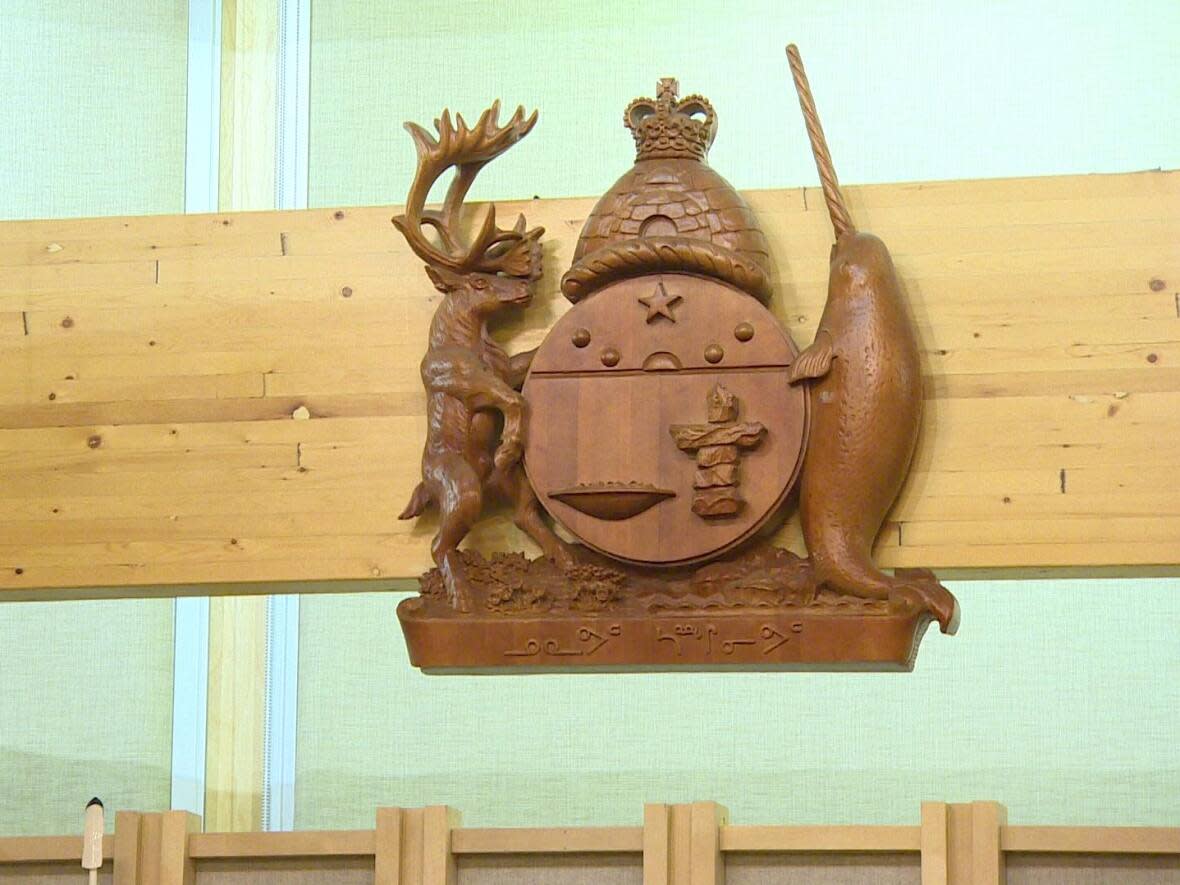Key vacant position in Nunavut gov't. holding up making traditional place names official

Thousands of traditional place names that have been used for generations in Nunavut won't become official any time soon because the key government position that determines them — the toponymist — is still vacant after more than a year.
"They need to be made official or they're going to disappear," said Lynn Peplinski, manager of traditional place names with Inuit Heritage Trust (IHT).
"They might not disappear in the next 10 years but, 50 years from now, if these place names are not on the map, there's just no guarantee that they're going to be remembered."
The typonomist accepts submissions and works with organizations and others, including elders and IHT, to help determine official place names. Place names include geographical features, such as rivers and mountains.
The minister of culture and heritage ultimately signs off on the names, Peplinski said. When that happens, the federal government can make it official on its end, too.
"Why that is important is because anybody who makes maps needs to use official place names," Peplinski said in a phone interview from Iqaluit on Thursday.
4,000 names haven't been submitted yet
After consulting with community members, elders, and others, IHT sends submissions that include hundreds of place names for each community. The submission for the Iqaluit area contains about 600 names.
That submission and others, totalling about 4,000 names, haven't been sent yet because there's no toponymist to send them to, Peplinski said.
While they would still need to be approved afterward, she said, based on her experience, that process would mainly be a formality; she expects 99 per cent of the names to be approved, and the typonomist might ask for clarification on some.
The Nunavut government didn't make anyone available for an interview.
A spokesperson said in an email that no one has held the role, which is based in Igloolik, since November 2020, and "staffing processes" have been delayed, in part, by the COVID-19 pandemic.
'Those names never got written down, and they're gone'
These days, Nunavummiut are living closer together so they might not travel out as far and as frequently as they used to on the land and be as familiar with certain place names, Peplinski said.
She said while doing some work in Arviat previously, she found fewer place names on a map the further away those locations were from the community.
Elders told her there are more place names there but there's no one alive to identify them, she said.
"Those names never got written down, and they're gone," Peplinski added.
Many traditional place names have been added to IHT's online maps, which are public.
The organization creates its own physical maps, providing them to communities and tweaking them depending on feedback, "but these maps are not permanent records."
Peplinski said she estimates it may take close to a decade for the Nunavut government to clear the backlog — that is, when it hires a typonymist.


